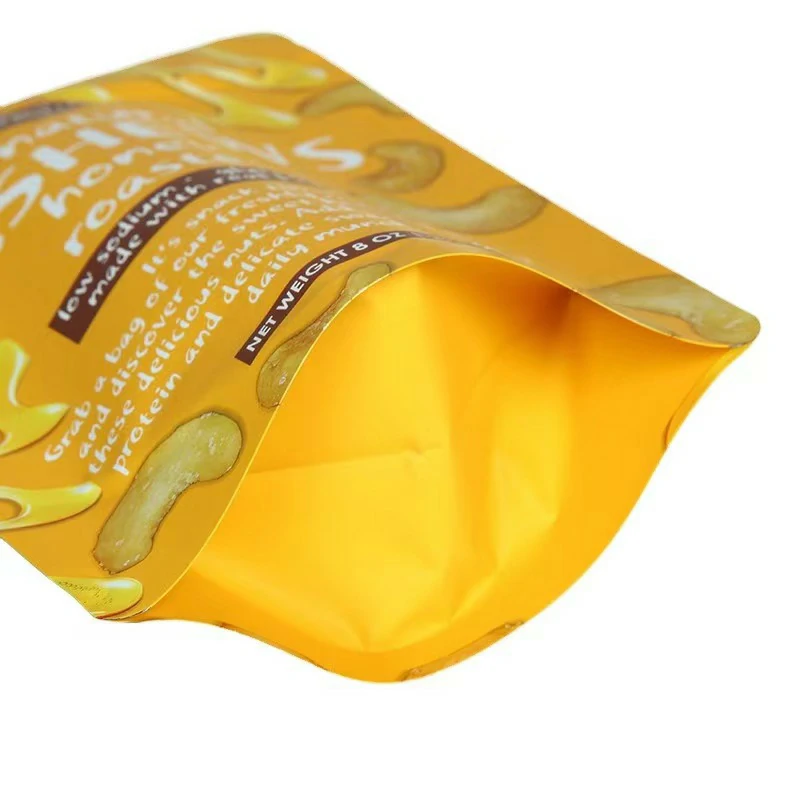Preventing insect or pest infestation in stand-up pouch packaging materials involves implementing measures at various stages of the production, storage, and distribution processes. Insects and pests can cause contamination, compromise product integrity, and pose health risks, making it crucial to take proactive steps to prevent infestations.
Here are strategies to address and prevent potential issues related to insect or pest infestation in stand-up pouch packaging materials:
- Quality Assurance of Raw Materials:
- Ensure that raw materials used for stand-up pouches, such as films and laminates, undergo thorough quality checks. Inspect incoming materials for any signs of pest activity or contamination. Establishing quality standards for suppliers is critical in preventing the introduction of pests at the early stages of production.
- Proper Storage Conditions:
- Store packaging materials in clean, well-sealed, and pest-controlled environments. Warehouses and storage areas should be regularly inspected for signs of pests, and proper pest control measures should be in place, such as the use of traps, baits, or insect repellents.
- Regular Facility Inspections:
- Conduct routine inspections of manufacturing facilities to identify and address potential sources of pest entry. Seal any cracks or openings in walls, windows, and doors that may serve as entry points for pests. Regular cleaning and maintenance help create an inhospitable environment for insects.
- Hygiene Practices:
- Implement strict hygiene practices within the manufacturing facility to minimize the attraction of pests. This includes proper waste management, cleaning of production equipment, and maintaining cleanliness in areas where packaging materials are handled.
- Integrated Pest Management (IPM):
- Implement an Integrated Pest Management program that combines preventive measures, monitoring, and control strategies. This may involve the use of non-chemical methods, such as traps, biological control agents, and maintaining a clean environment to reduce reliance on pesticides.
- Sealed Packaging During Storage:
- Ensure that stand-up pouches are stored in sealed containers or pallets to prevent pests from entering and causing damage. Implementing proper storage practices reduces the risk of pests contaminating the packaging materials.
- Temperature and Humidity Control:
- Control temperature and humidity levels in storage areas to create an environment less conducive to pest activity. Insects are often attracted to warm and humid conditions, so maintaining optimal storage conditions helps deter infestations.
- Regular Pest Monitoring:
- Implement a regular monitoring program to detect early signs of pest activity. This may include the use of pheromone traps, visual inspections, and other monitoring techniques to identify and address pest issues promptly.
- Employee Training:
- Train employees on the importance of maintaining a pest-free environment and the role they play in preventing infestations. Educate staff on proper hygiene practices, reporting procedures for pest sightings, and the significance of adhering to established pest control protocols.
- Pest-Resistant Packaging Design:
- Consider incorporating features into packaging designs that make it more difficult for pests to access the contents. For example,stand up pouch packaging using sealed closures, strong materials, and additional barriers can deter pests from compromising the packaging.
- Regular Cleaning of Production Equipment:
- Clean and sanitize production equipment regularly to eliminate any food residue or particles that may attract pests. Focus on areas where packaging materials come into contact with equipment to prevent contamination.
- Traceability and Recall Plans:
- Establish traceability systems and recall plans to quickly identify and remove any packaging materials that may be compromised by pests. This ensures a rapid response in the event of a pest-related issue.
- Collaboration with Pest Control Professionals:
- Seek collaboration with pest control professionals who specialize in the food and packaging industry. Regular inspections, preventive treatments, and expert advice can contribute to effective pest control.
- Secure Transport and Handling:
- Ensure that stand-up pouches are transported and handled in a manner that minimizes the risk of pest contamination. Use sealed containers during transportation, and inspect shipments upon arrival to identify and address any signs of pest activity.
By implementing a comprehensive approach that involves preventive measures, regular monitoring, employee training, and collaboration with pest control experts, manufacturers can significantly reduce the risk of insect or pest infestation in stand-up pouch packaging materials. This proactive stance not only protects the integrity of the packaging but also safeguards the quality and safety of the products contained within.

